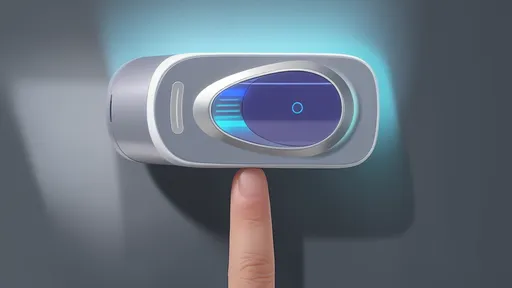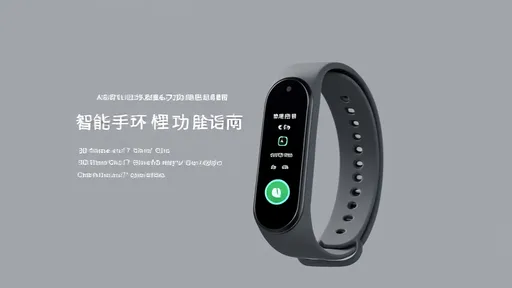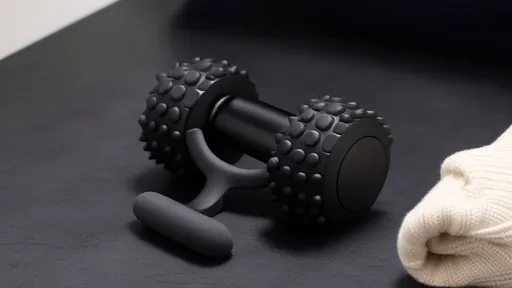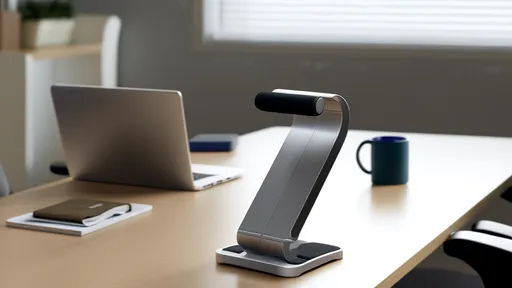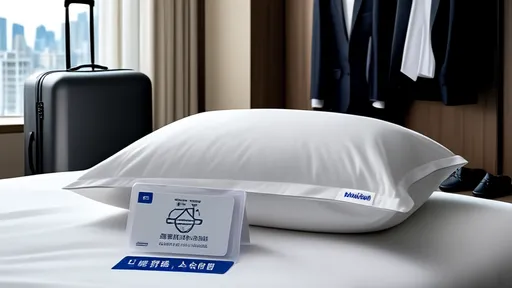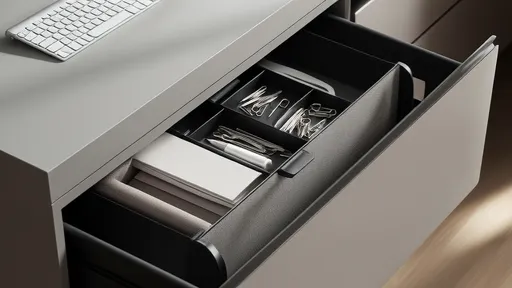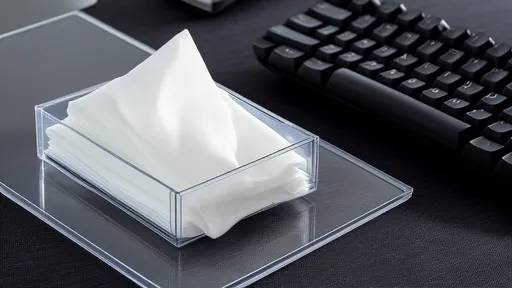In today’s fast-paced digital world, keyboards have become an essential part of our daily lives. Whether at work, school, or home, we rely on them for communication, productivity, and entertainment. However, what many people overlook is the fact that keyboards can harbor a surprising amount of germs and bacteria. Studies have shown that keyboards can be dirtier than toilet seats, making regular cleaning a necessity. One effective and convenient solution for maintaining keyboard hygiene is the use of disinfecting wipes. These wipes are specially designed to clean and sanitize surfaces without causing damage, making them ideal for electronic devices.
The importance of keyboard hygiene cannot be overstated. Our hands come into contact with countless surfaces throughout the day, transferring bacteria and viruses onto the keys with every keystroke. Over time, this buildup can contribute to the spread of illnesses, particularly in shared spaces like offices or libraries. Disinfecting wipes offer a quick and efficient way to eliminate these pathogens, reducing the risk of cross-contamination. Unlike traditional cleaning methods that may involve liquids or sprays, keyboard wipes are pre-moistened with a gentle yet effective disinfectant solution, ensuring thorough cleaning without the risk of moisture damage.
When using disinfecting wipes on a keyboard, it’s crucial to follow the correct procedure to avoid damaging the device. Begin by powering off the keyboard or disconnecting it from the computer to prevent any electrical issues. Gently wipe the surface of each key, paying close attention to the spaces between them where dirt and debris tend to accumulate. Avoid excessive moisture, as liquid can seep into the keyboard and cause malfunctions. For mechanical keyboards or devices with intricate designs, a more delicate approach may be necessary. Always refer to the manufacturer’s guidelines to ensure compatibility with disinfecting products.
Not all disinfecting wipes are created equal, and choosing the right one for your keyboard is essential. Look for wipes that are labeled as safe for electronics, as these are typically alcohol-free or contain a lower concentration of alcohol to prevent damage to sensitive components. Some wipes also include moisturizing agents to protect the keyboard’s surface from drying out or becoming discolored over time. It’s also worth considering eco-friendly options, as many conventional wipes contain chemicals that can be harmful to the environment. By selecting the appropriate product, you can maintain a clean and germ-free keyboard without compromising its longevity.
Regular cleaning should be incorporated into your routine to ensure ongoing keyboard hygiene. For individuals who use their keyboards frequently, a daily wipe-down may be necessary, while others may find that cleaning every few days suffices. In shared environments, such as coworking spaces or computer labs, it’s advisable to disinfect keyboards before and after use to minimize the risk of germ transmission. Establishing these habits not only promotes personal health but also contributes to a cleaner, more sanitary workspace for everyone.
Beyond the immediate benefits of reducing germs, keyboard disinfecting wipes can also improve the overall user experience. A clean keyboard feels more pleasant to use, with keys that respond smoothly and without stickiness. Additionally, regular maintenance can prevent the buildup of grime that often leads to key malfunctions or unresponsive buttons. For gamers, programmers, or anyone who spends extended periods typing, this can make a significant difference in comfort and efficiency. Investing a small amount of time in keyboard care can yield long-term rewards in both device performance and personal well-being.
While disinfecting wipes are a convenient solution, they are just one part of a broader approach to device hygiene. It’s also important to wash your hands regularly, especially before using shared keyboards, and to avoid eating or drinking near your workstation to prevent spills and crumbs. For those who prefer a deeper clean, compressed air canisters can be used to dislodge stubborn debris from between the keys. Combining these practices with the use of disinfecting wipes ensures a comprehensive cleaning regimen that keeps keyboards in optimal condition.
In conclusion, keyboard disinfecting wipes are a simple yet powerful tool for maintaining cleanliness and preventing the spread of germs. By understanding their proper use and integrating them into a regular cleaning routine, users can enjoy a healthier and more pleasant computing experience. Whether at home, in the office, or on the go, taking a proactive approach to keyboard hygiene is a small step that can have a big impact on overall health and productivity.
Pulse oximeters have become indispensable tools in modern healthcare, particularly in monitoring oxygen saturation levels non-invasively. However, one common challenge users face is nail interference, which can skew readings and lead to inaccurate results. Understanding how to mitigate this issue is crucial for both medical professionals and individuals relying on these devices for health monitoring.
The pharmaceutical industry has undergone significant transformations in recent years, with one of the most notable advancements being the implementation of drug traceability systems. These systems, often centered around unique identification codes known as drug traceability codes, have become a cornerstone in ensuring the safety, authenticity, and transparency of pharmaceutical products. The ability to track a drug's journey from manufacturing to consumption has not only bolstered consumer confidence but also streamlined regulatory compliance and supply chain management.
The rise of digital healthcare credentials has brought unprecedented convenience to patients worldwide, but it has also opened new avenues for fraudsters. Electronic medical insurance certificates, designed to streamline access to healthcare services, have become a prime target for sophisticated cybercriminals. This phenomenon isn't isolated to any particular region—from Beijing to Boston, healthcare systems are witnessing an alarming increase in digital credential theft.
The rise of telemedicine has transformed how patients access healthcare, with online consultations becoming increasingly common. One critical aspect of virtual visits that often goes overlooked is the quality of medical photos patients submit. Clear, well-composed images can make the difference between an accurate remote diagnosis and unnecessary follow-up appointments. As patients take more responsibility for documenting their health concerns through photography, mastering a few fundamental techniques becomes essential.
The growing reliance on health apps has brought privacy and security concerns to the forefront. As these applications collect sensitive data—ranging from heart rate and sleep patterns to medical history and GPS locations—users and regulators alike are questioning how this information is managed. The permissions granted to health apps often determine the extent of data access, making it crucial to establish robust strategies for permission management.
In today’s fast-paced world, many of us find ourselves glued to our desks for hours on end, often losing track of time until stiffness or discomfort sets in. Sedentary behavior has become a silent health hazard, linked to a range of issues from poor posture to increased risk of chronic diseases. Fortunately, wearable technology like fitness bands has stepped in to combat this modern-day problem. One of the most valuable features these devices offer is the sedentary reminder—a gentle nudge to get up and move. But simply enabling the feature isn’t enough; understanding how to optimize its settings can make the difference between a helpful tool and an ignored alert.
The modern pace of life has made fast food an unavoidable part of our dietary landscape. While nutritionists consistently warn about the health consequences of regular fast food consumption, the reality is that most people will find themselves eating these convenient meals more often than they'd like to admit. Rather than moralizing about avoidance, a more practical approach focuses on mitigation - how to nutritionally rescue your body after fast food consumption.
In our screen-dominated world, eye fatigue has become an epidemic. The constant glare from digital devices leaves millions rubbing their temples and squinting through blurred vision. While artificial tears and blue light glasses offer temporary relief, traditional Chinese medicine presents an intriguing alternative – acupressure for eye strain. This ancient healing art teaches that strategic finger pressure along meridian pathways can dissolve tension, improve circulation, and restore visual clarity without medications.
Air-conditioned rooms provide comfort during hot weather, but they often come with an unintended side effect: dry nasal passages. The constant circulation of cooled air tends to strip moisture from the environment, leaving many people struggling with irritation, congestion, or even nosebleeds. Understanding how to maintain nasal hydration in such conditions is essential for both comfort and health.
For those who spend long hours sitting at a desk or in front of a computer, the struggle with stiff calves and poor circulation is all too real. The modern sedentary lifestyle has given rise to a generation of "desk-bound professionals" who often neglect the importance of movement. Enter the calf massage roller—a simple yet effective tool designed to alleviate tension, improve blood flow, and restore mobility to overworked lower legs.
In today's fast-paced corporate environment, telephone conferences have become an indispensable part of daily work routines. However, the prolonged hours spent hunched over phones or laptops during these virtual meetings have given rise to a silent epidemic: chronic neck and shoulder pain. As awareness grows about the physical toll of our digital work habits, a new category of ergonomic solutions has emerged – the telephone conference neck support brace.
Business travel often comes with its own set of challenges, and one of the most overlooked yet critical aspects is the quality of sleep. Hotels, aware of this, have started paying closer attention to their pillow offerings. The way hotels handle pillows can significantly impact a guest's experience, and many are now adopting innovative approaches to ensure comfort and hygiene.
Afternoon tea is a beloved ritual for many, offering a moment of respite in the midst of a busy day. However, traditional afternoon tea spreads often lean heavily on sugary treats, refined carbohydrates, and calorie-laden snacks. For those seeking a healthier approach without sacrificing flavor or satisfaction, there are plenty of nutritious alternatives that can transform this daily indulgence into a nourishing experience.
The modern workplace can be a breeding ground for stress, and often, the state of our physical surroundings mirrors our mental clutter. Nowhere is this more evident than in the humble desk drawer—a microcosm of chaos for many professionals. The concept of drawer decompression organizing isn’t just about tidying up; it’s a tactile form of self-care that bridges the gap between productivity and mental well-being.
In today’s fast-paced digital world, keyboards have become an essential part of our daily lives. Whether at work, school, or home, we rely on them for communication, productivity, and entertainment. However, what many people overlook is the fact that keyboards can harbor a surprising amount of germs and bacteria. Studies have shown that keyboards can be dirtier than toilet seats, making regular cleaning a necessity. One effective and convenient solution for maintaining keyboard hygiene is the use of disinfecting wipes. These wipes are specially designed to clean and sanitize surfaces without causing damage, making them ideal for electronic devices.
